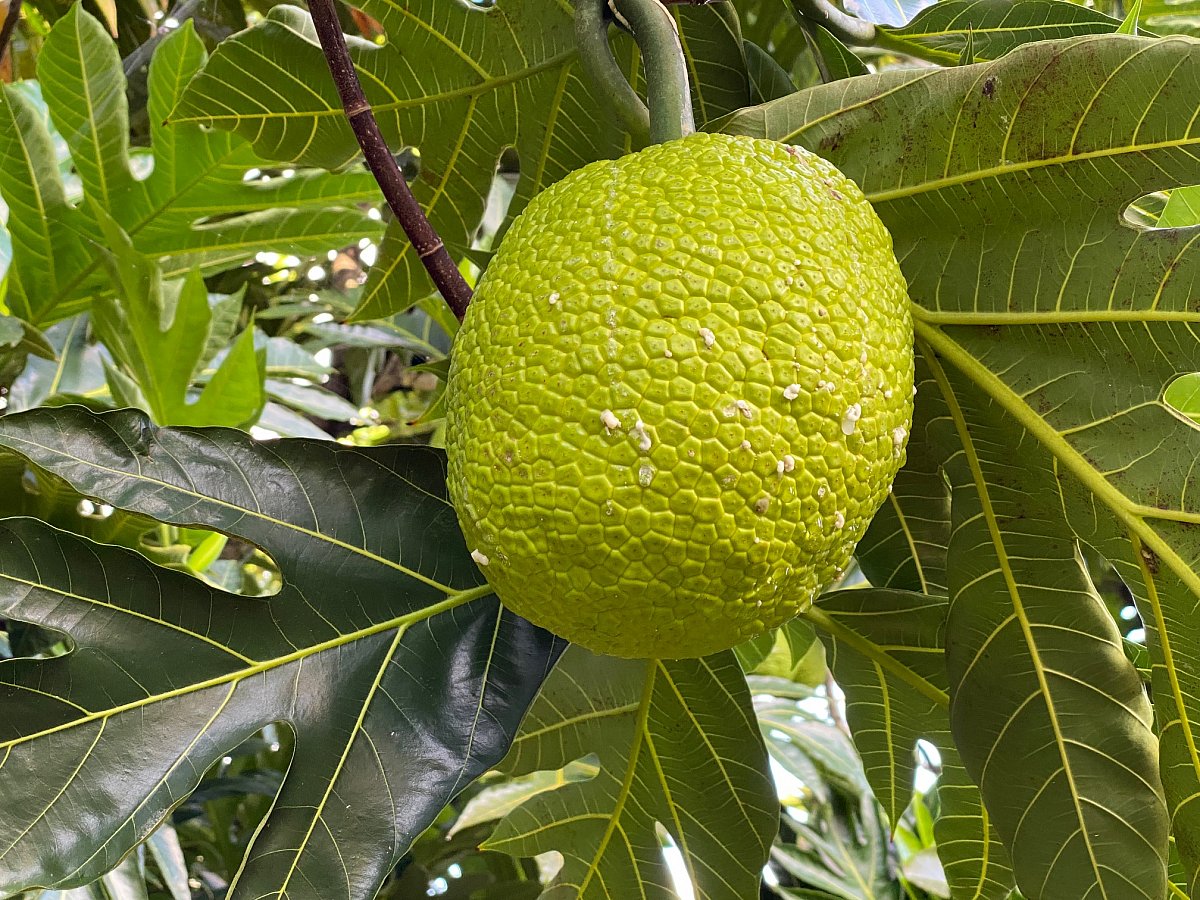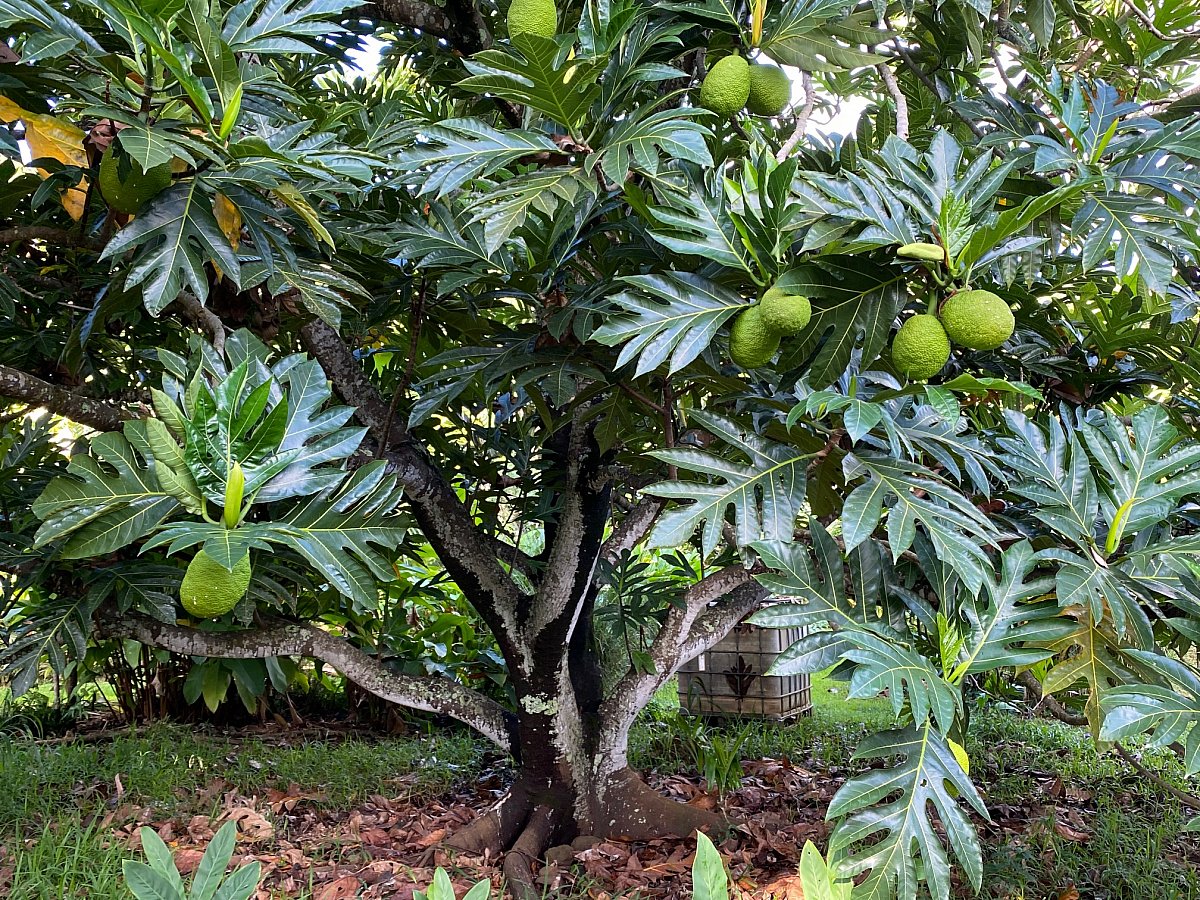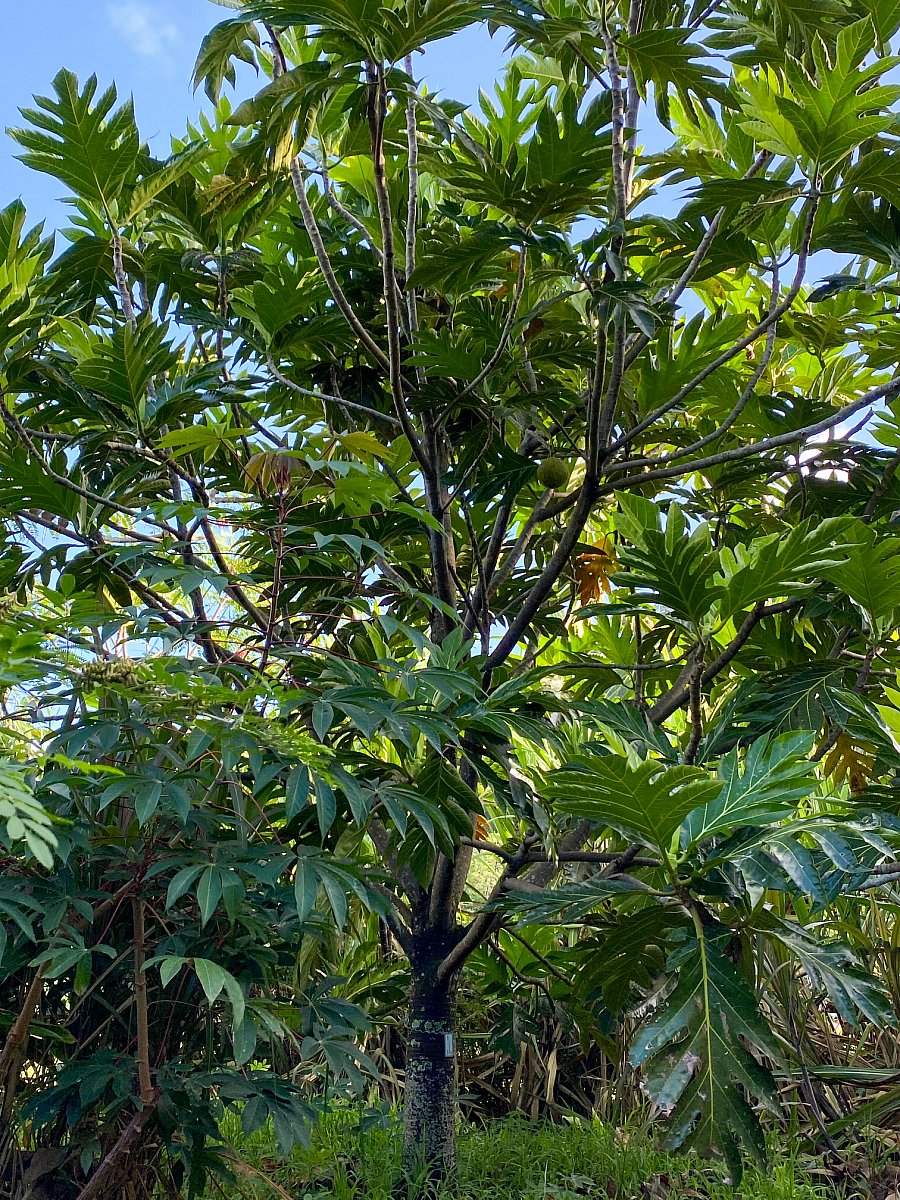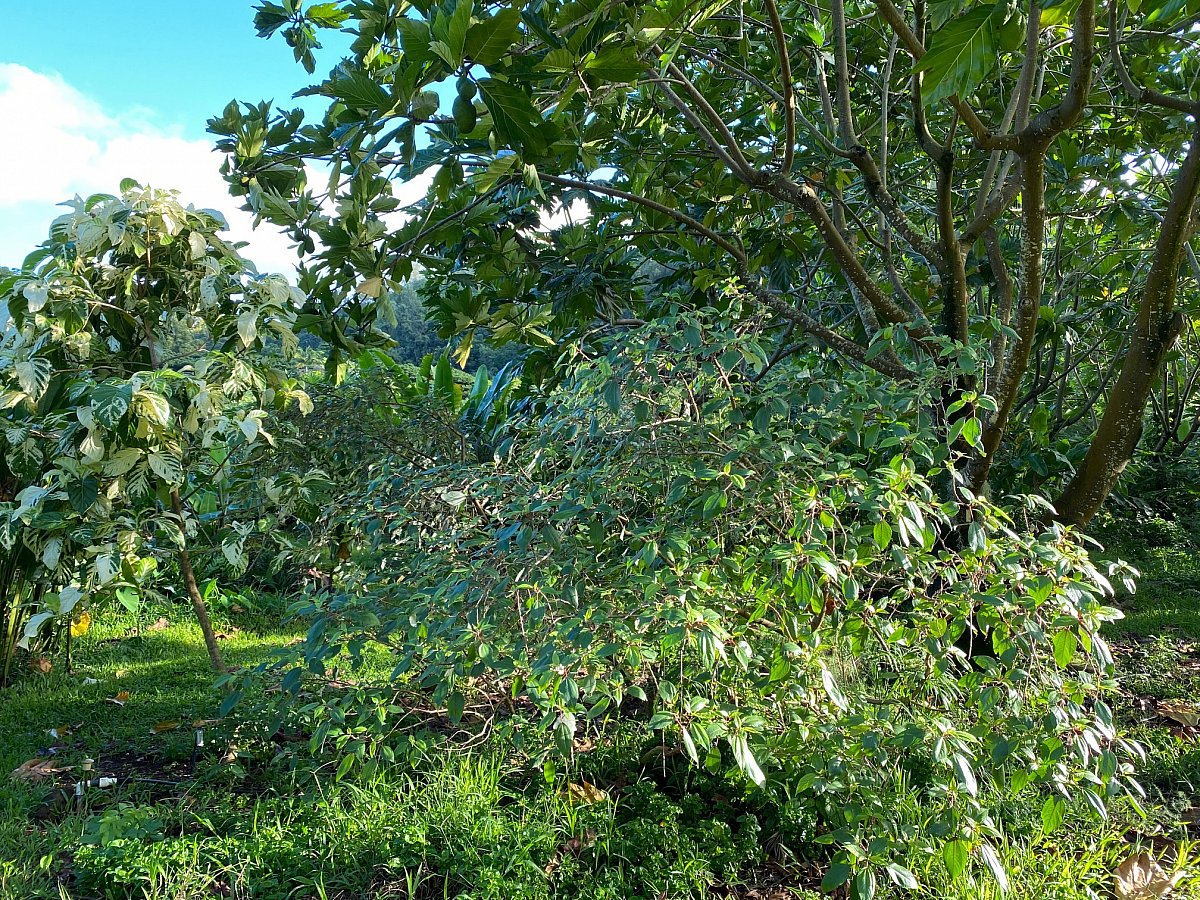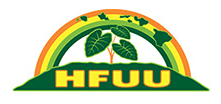Aloha and E Komo Mai!
BREADFRUIT, known as 'Ulu, is an ancient Polynesian crop that was a main food staple for all the people of the Pacific Islands. The multipurpose 'Ulu trees provide food, fiber, timber and medicine. Native Hawaiians traditionally used it along with taro and sweet potato as one of the three most nutritious crops.
Breadfruit is an energy-rich food a good source of complex carbohydrates, fiber& and minerals such as potassium, calcium, iron, magnesium, phosphorous, manganese and zinc. This nutritious food also provides B-Vitamin, niacin, thiamine and Vitamin C.
Some varieties also have high levels of pro-vitamin A and carotenoids which are all nutrients essential to good health. Breadfruit is gluten-free.
Kaua'i Breadfruit uses the Ma'afala variety of the mature breadfruit to be dried and ground into flour. Resulting in a super fine ground light-colored, high-quality flour to be used in so many culinary possibilities. Use it for baking, breading, thickening of sauces, smoothies and more.
TIMBER:
The trunk of a breadfruit tree can be as large as 2 meters (6 ft) in diameter and grow to a hight of 4 meters (12 ft) before branching. It is used for the construction of houses and canoes. The wood can be carved into bowls, statues, furniture and more.
BARK:
The inner bark can be made into a bark cloth. After a beating process is complete, the bark has become a soft, fibrous cloth that is ready to be colored with natural dyes.
LEAVES:
The leaves are used as fans, as sandpaper for fine woodwork, to wrap foods that are cooked in traditional earth ovens ('imu) and as biodegradable plates. Traditionally they also find purpose in medicinal use as the dried leaves can be made into a healthy green tea. Crushed leaves can be used to treat skin ailments and 'fungus' diseases.
The sap from the crushed leaves, a white latex, has many health benefits as well. such as treating ear infections and when taken internally relief stomach pains.
In the West Indies the leaf is brewed into a tea that can be taken to reduce high blood pressure, and relief asthma. The tea is also thought to control diabetes.
'ULU IN HAWAIIAN:
'Ulu in Hawaiian means to grow, to sprout and to propagate; It means the cause to increase, as the surf.
Talk Story
The Story of Breadfruit
Breadfruit, or 'Ulu, is a signature tree of the islands of Hawai'i.,Over 150 different varieties exist all around the globe.
This multipurpose trees provide food, timber, fiber, and medicine for their growers throughout the islands of Hawai'i. 'Ulu trees begin to bear fruit in three to five years, producing an abundance of nutritious fruit for many decades. This makes breadfruit still one of the top three food crops for Native Hawaiians (along with taro and sweet potato).
Other parts of the tree have other uses as well: male flowers are dried and burned as a repellant against mosquitoes; the sticky latex-like sap is used as caulk or glue; and besides using leaves for making tea, they also have been used traditionally for treating skin ailments, fungus diseases, stomach aches, diarrhea, dysentery, headaches, or ear infections. Other medicinal uses include reducing high blood pressure and controlling diabetes.
Photograph taken at the ROBA, NTBG by C. Wild
There is a wide range of ecological conditions under which the trees do well. This makes them an excellent choice in providing food security, especially in in tropical regions. Our world today has nearly 1 billion people living in hunger, 80% of whom live in tropical areas, which makes breadfruit extremely important.
Breadfruit originated in New Guinea and the Indo-Malay region. Voyagers from different islands used it as provisions and spread 'Ulu throughout the vast Pacific.
Sir Joseph Banks, who sailed on HMS Endeavour with Captain Cook to Tahiti in 1769, proposed to King George III that a special expedition be commissioned to transport breadfruit plants from Tahiti to the Caribbean. Unfortunately, the hundreds of breadfruit plants collected in Tahiti were all tossed overboard by mutineers on the ill-fated voyage of the HMS Bounty. However, Captain Bligh later returned to the region and several Tahitian varieties were successfully introduced to the Caribbean in the late seventeen hundreds, as the Europeans recognized the nutritional benefits and relative ease of production of this long-lived tree.
A Thank You to 'Ulu (Breadfruit)
Gratitude
Aside from the amazing values these trees provide, breadfruit also generate important ecosystem benefits. They grow well on hillsides, providing erosion control and protecting watersheds. In addition 'Ulu trees help reverse the impacts of climate change since the trees create forest cover that provide i.e. mulch, and create a beneficial microclimate to other plants, pollinators, and wildlife.
At Kaua'i Breadfruit we are honored to be working with the National Breadfruit Institute located on the South Shore of Kaua'i at the National Tropical Botanical Garden.

